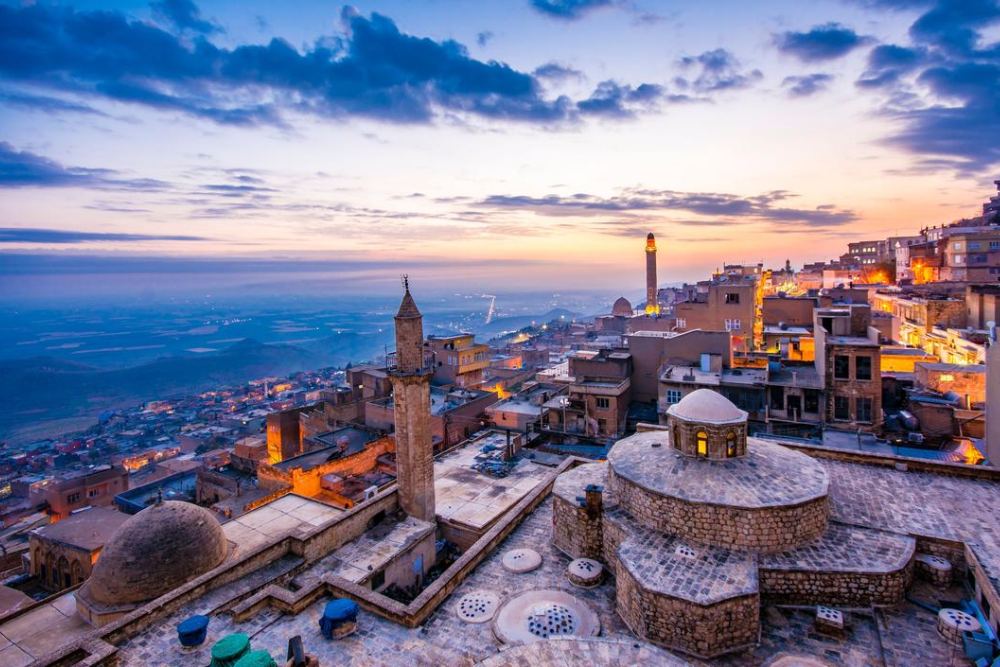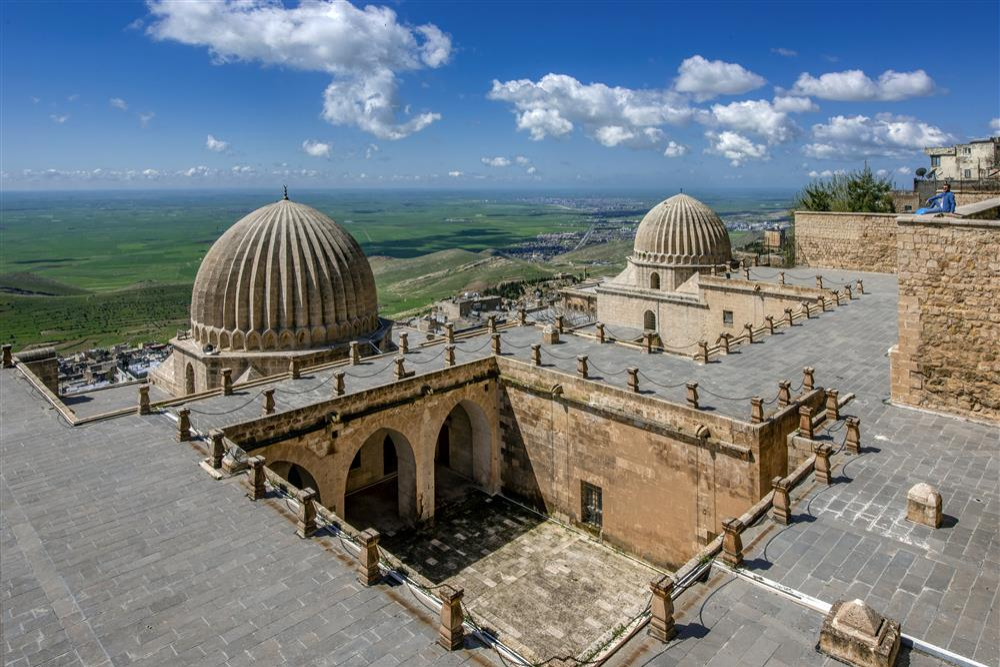Introduction
Mardin is a captivating city located in southeastern Turkey, renowned for its rich history, unique architecture, and cultural diversity. Situated on the edge of the Mesopotamian plains, Mardin offers a stunning blend of ancient history and vibrant modern life. The city’s hillside setting, with narrow, winding streets and traditional stone buildings, creates a picturesque landscape that attracts visitors from all over the world. Mardin has a long and complex history, influenced by various civilizations including the Romans, Byzantines, Arabs, and Ottomans.
Explore the Ancient Streets of Mardin
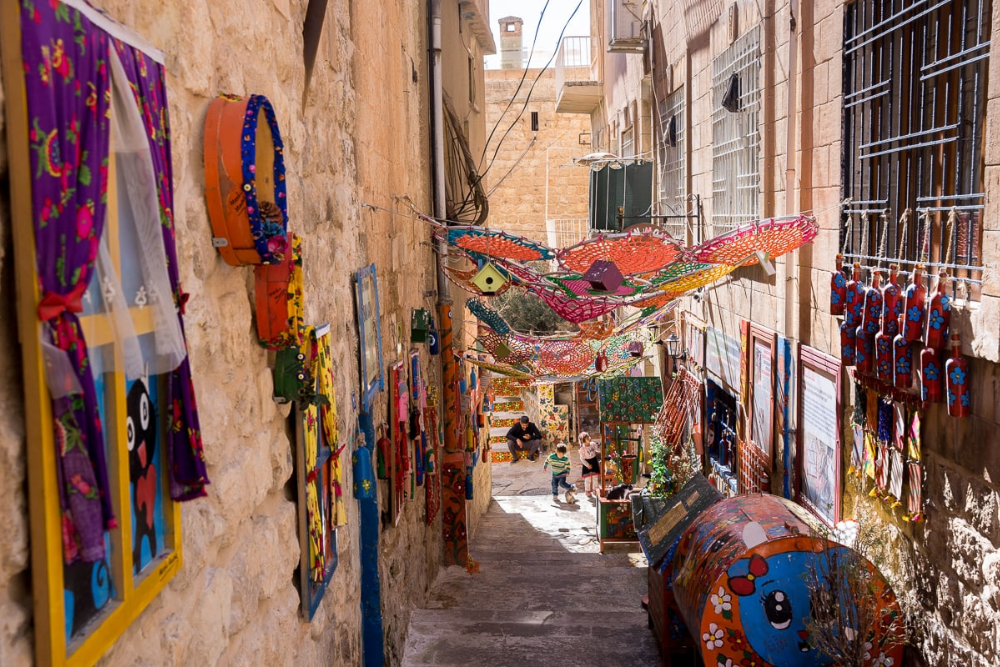
Mardin is a city best explored on foot, with its narrow, winding cobblestone streets and historical architecture. Walking through the old town will allow you to discover the city’s stunning stone houses, mosques, churches, and bazaars. Don’t miss the Mardin Castle for panoramic views of the city and the vast Mesopotamian plains below. It’s an adventure through time as you wander these ancient streets and soak in the city’s atmosphere.
Visit the Deyrulzafaran Monastery
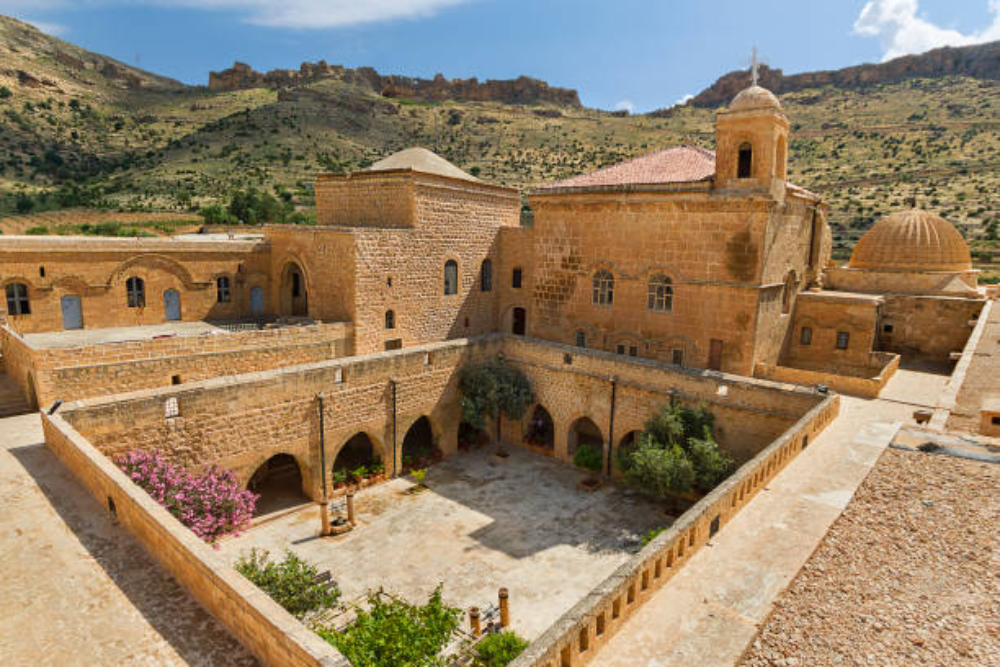
Located just outside Mardin, the Deyrulzafaran Monastery is a 5th-century Syriac Orthodox monastery perched on a hilltop. The monastery offers a fascinating journey into history, culture, and spirituality. You can explore its ancient chambers, beautiful gardens, and the serene atmosphere, all while enjoying breathtaking views of the surrounding region. A visit here offers both an adventure in discovery and a peaceful retreat.
Hike the Mesopotamian Plains

For outdoor enthusiasts, Mardin’s proximity to the Mesopotamian plains offers ample hiking opportunities. You can venture into the surrounding hills and valleys, where ancient ruins, caves, and traditional villages await. A trek through the region offers not only physical activity but also a deep dive into the area’s rich history and natural beauty.
Visit the Palaces and Historical Sites
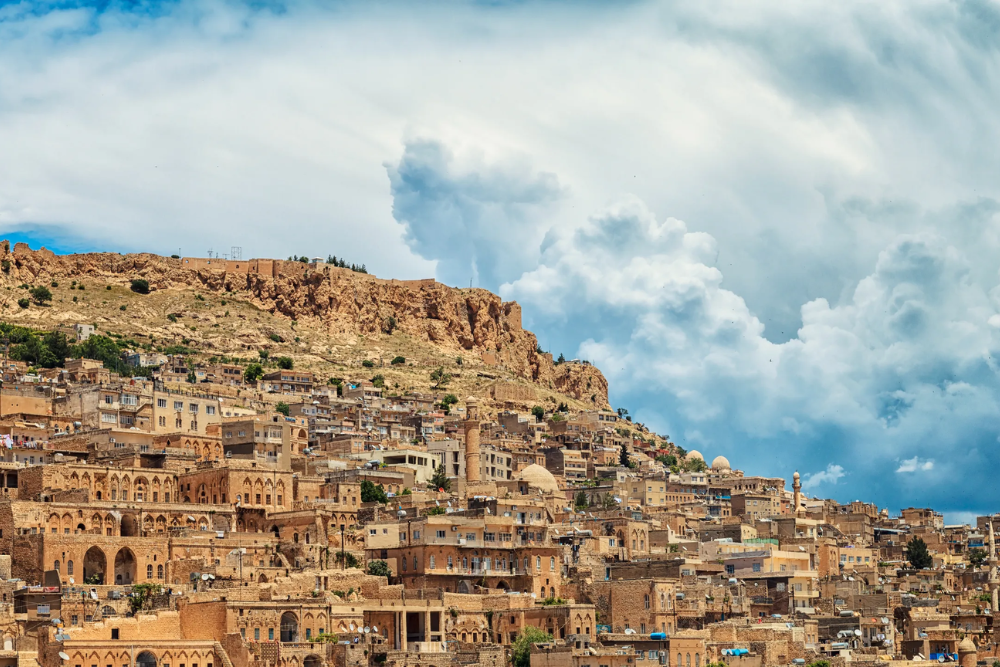
Mardin is home to several historical palaces and sites, each with its unique charm. One of the most famous is the Zinciriye Medrese, a 14th-century Islamic school that offers incredible architecture and a glimpse into Mardin’s educational past. Exploring these historical landmarks can feel like an adventure through time, giving you the chance to discover the stories of the city’s past rulers and scholars.
Zinciriye Medrese
The Zinciriye Medrese is a 14th-century Islamic school (medrese) that is one of Mardin’s finest examples of medieval architecture. This grand structure, built by the Artuqid dynasty, features stunning stone carvings, intricate arches, and a beautiful courtyard. It is located in the heart of Mardin’s old town, and its well-preserved architecture offers insight into the city’s Islamic history. The medrese’s peaceful atmosphere and historical significance make it a must-see for anyone visiting Mardin.
Mardin Artuklu International Music Festival
The Mardin Artuklu International Music Festival is one of the city’s most renowned cultural events. Held annually, this festival celebrates music from around the world and features performances by both local and international artists. The festival aims to bring together different cultures through the universal language of music. It takes place in various venues across the city, including historical sites like the Mardin Castle and Zinciriye Medrese, making it a unique cultural experience that combines music with the city’s stunning architecture.
Dos and Don’ts in Mardin
Dos
- Do Respect Religious Sites: Mardin is home to several religious landmarks, including mosques, churches, and monasteries. Always dress modestly when visiting these sites (covering your shoulders and knees) and be respectful of religious practices. If you visit a mosque, remember to remove your shoes before entering.
- Do Enjoy the Local Cuisine: Mardin has a rich culinary tradition. Be sure to try local specialties such as Kebab, Mardin’s unique flatbread, mashawi, and baklava. Dining in local restaurants and small eateries is a great way to experience the city’s culture.
- Do Explore the City on Foot: Mardin’s old town is best explored on foot, with its narrow, winding streets and beautiful stone buildings. Take your time walking through the city’s historical neighborhoods and enjoy its architecture, culture, and local markets.
Don’ts
- Don’t Engage in Public Displays of Affection: While Mardin is relatively tolerant, public displays of affection, such as kissing or hugging, may be considered inappropriate, particularly in more traditional or conservative areas. It’s best to be discreet.
- Don’t Take Photos Without Permission: Be cautious when taking photos, especially of people, religious sites, or locals. Always ask for permission before photographing people or inside religious establishments. Some places may have restrictions on photography, so it’s respectful to check beforehand.
- Don’t Wear Revealing Clothing: Although Mardin is a welcoming city, it’s important to dress modestly, particularly when visiting religious sites or rural areas. Avoid wearing very short skirts, shorts, or tops with low necklines. Women should also consider carrying a scarf to cover their heads when entering mosques.
Best time to reach in Mardin
The best time to visit Mardin is during the spring (April to June) and fall (September to November), as these seasons offer pleasant weather for exploring the city and its surroundings.
1. Spring (April to June)
- Spring in Mardin is warm but not too hot, with temperatures ranging from 15°C to 25°C (59°F to 77°F). The weather is ideal for sightseeing, walking around the old town, and visiting outdoor attractions.
- The city’s landscapes are lush, and flowers are in full bloom, creating a beautiful setting. It’s also a great time to experience the local culture and festivals, as many cultural events are held in the spring.
2. Fall (September to November):
- Fall brings mild temperatures, ranging from 18°C to 28°C (64°F to 82°F). The weather is still warm enough for outdoor activities, but it is more comfortable than the summer heat.
- Fall is a great time for exploring Mardin’s historical sites and cultural landmarks without the intense heat of summer. The cooler temperatures also make hiking in the surrounding areas more enjoyable.
3. Summer (July to August):
- Summer in Mardin can be very hot, with temperatures often exceeding 35°C (95°F), especially in July and August.
- While the heat can be overwhelming, Mardin’s unique atmosphere is still worth experiencing if you can handle the warmth. However, you may want to plan your outdoor activities for early mornings or evenings to avoid the peak heat.
4. Winter (December to February):
- Winter is relatively mild, with temperatures ranging from 5°C to 15°C (41°F to 59°F). While there might be occasional rain, snowfall is rare in the city, though the surrounding hills may see some snow.
- Winter is the least crowded season, so if you prefer a quieter experience, this is the time to visit. The cooler weather makes it ideal for exploring the historical sites and enjoying the city’s cozy atmosphere.



